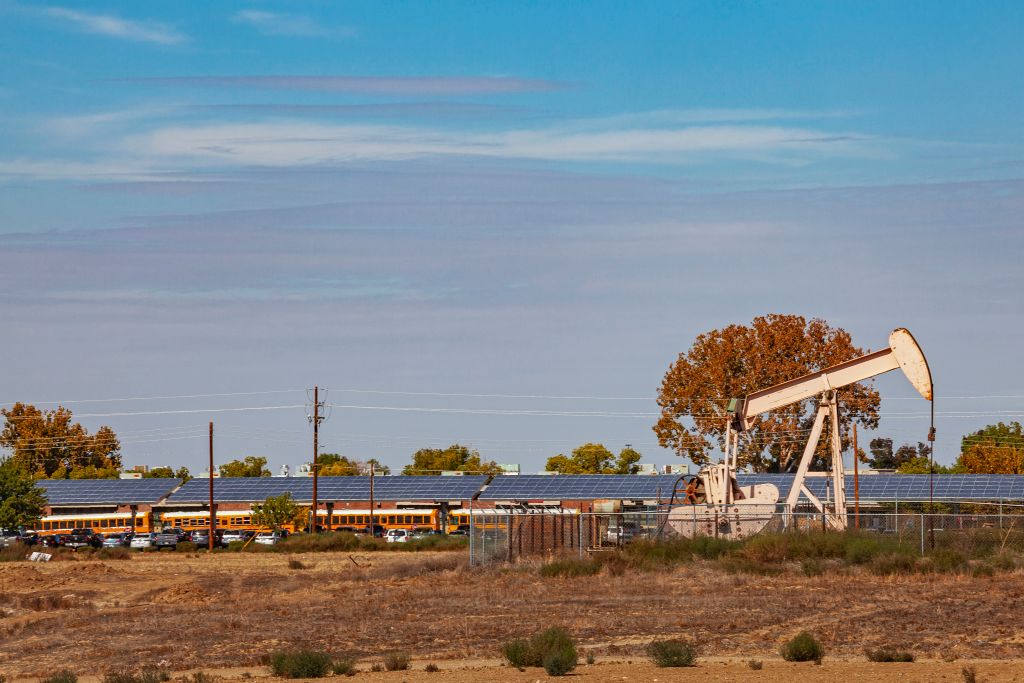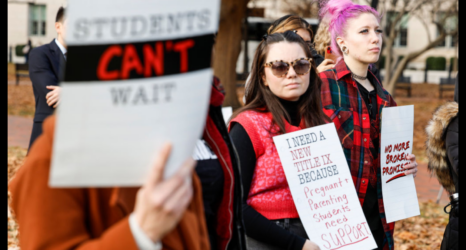Patrice Tomcik’s town is on the frontline of methane exposure. She says there’s “no time to waste” as fracking opens up next to her child’s campus.

When a gas drilling company first announced plans a decade ago to frack six gas wells where I live in Mars, PA, a suburban community a half hour north of Pittsburgh, the local newspaper more or less shrugged. “Geyer Well Won’t Be Problem, Locals Say,” said one headline. But once local parents and I learned that the drilling company would be fracking on land just a half mile away from our children’s school campus, we became very concerned. These gas wells will threaten the health and safety of children for decades to come. Meanwhile, new gas wells are actively being fracked in our school district to this day.
Fracking emits climate-warming methane into the air and potentially releases harmful volatile organic compounds such as benzene, increasing the risk of serious health impacts including respiratory illnesses and cancer. The gas wells present a real risk to my son and to the other 3,200 students who also attend the Mars Area School District.
Children are at a higher risk from air pollution because their lungs and brains are still developing and they take in more air than adults per pound of body weight. Everyday I send my son, Carson, to school, I fear for his health because of his past medical history. In 2009, when Carson was only three, doctors diagnosed him with childhood leukemia. He’s in remission now and thankfully more focused on high school and lacrosse than any illness. But he will always live with a greater risk of developing cancer again.
Methane is an invisible gas that has more than 80 times the warming power of carbon dioxide over the first 20 years.
That’s why the federal government’s recent actions give me some measure of comfort. At the United Nations Climate Change Conference in Dubai, Environmental Protection Agency (EPA) Administrator Michael Regan just announced strong new federal methane standards. The new EPA rules will establish comprehensive protections from methane and other harmful pollution for families living near new and existing oil and gas operations.
Cutting methane emissions will also reduce the release of associated toxic air pollutants known to cause significant health impacts, and will benefit people globally by reducing the U.S. contribution of methane to our rapidly changing climate. Methane is an invisible gas that has more than 80 times the warming power of carbon dioxide over the first 20 years, so cutting this pollution is a critical step to quickly address the warming that causes climate change.
The new rules address one of the largest sources of methane pollution from the oil and gas industry by establishing strong leak detection and repair (LDAR) requirements, including requiring inspections at small wells with leak-prone equipment which are responsible for half of all methane emissions nationwide.
The Biden Administration’s methane rules also establish an EPA response program to address high-emission incidents that often impact communities living near oil and gas operations. These protections will be a godsend for parents like myself who live so close to oil and gas operations and have no idea if this harmful invisible gas and other pollutants are escaping into the atmosphere.
It is my hope that many states will lead the way with swift implementation plans that don’t just meet, but exceed, the protections of the EPA rules. There is no time to waste.
As encouraging as the new rules are, the work is far from done. These rules will need to be implemented and enforced in states around the country. While New Mexico and Colorado have strong rules, other oil and gas states like Pennsylvania, Ohio and Texas do not. Cutting methane pollution is extremely popular with populations across the country, especially those living in states impacted by oil and gas operations. Hundreds of thousands of people took the time to write public comments to the EPA over the last few years, voicing overwhelming public support. It is my hope that many states will lead the way with swift implementation plans that don’t just meet, but exceed, the protections of the EPA rules. There is no time to waste.
The new EPA protections are the best levers we have to quickly reduce methane pollution across the United States, slow the rate of climate change, and help clean up the air to protect children’s health. Frontline families like mine are grateful for this important action to protect our climate and the air we breathe. That’s truly nothing to shrug about.
Read more:





